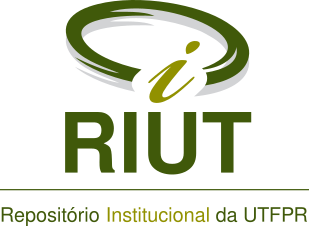Sensory And Physicochemical Study Of Carrot Leaf Sponge Cake
Resumo
In this study, carrot leaf was incorporated into sponge cake. The objectives were the development of cakes and the sensory and physicochemical evaluation of them. Three products were developed: i. without carrot leaf addition (WOCL); ii. with carrot leaf addition (WCL); iii. with carrot leaf and lemon zest addition (CLLZ). Two cakes were sensory evaluated by a panel of 173 children (aged 5 to 13 years) by hedonic scale smiley faces. Data were evaluated by ANOVA and Tukey’s Test at 5% of significance. WCL and CLLZ scores were 4.66 and 4.56, respectively, and they were corresponded to an excellent acceptance. The most of the results of proximate composition was not statistically different among the samples of cakes (p <0.05). The antioxidant activities were in range of 0.88 to 1.73 µmol TE g–1 cake, and they were statistically different from each other. There was no difference among the texture values; however, there was a statistically significant increase of antioxidant activity in the WCL and CLLZ compared to WOCL. In light of this, the use of carrot leaf, especially in new infant cake products is an opportunity to avoid the waste and can improve the functional characteristics of the food.
DOI: http://dx.doi.org/10.14685/rebrapa.v4i2.121
Palavras-chave
Texto completo:
PDFDOI: 10.14685/rebrapa.v4i2.121
Apontamentos
- Não há apontamentos.
Direitos autorais





